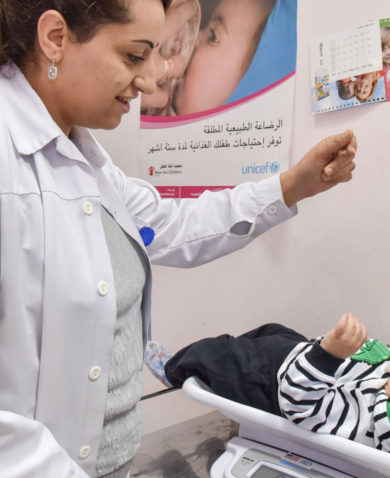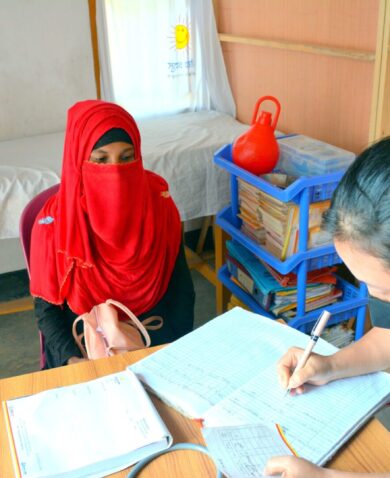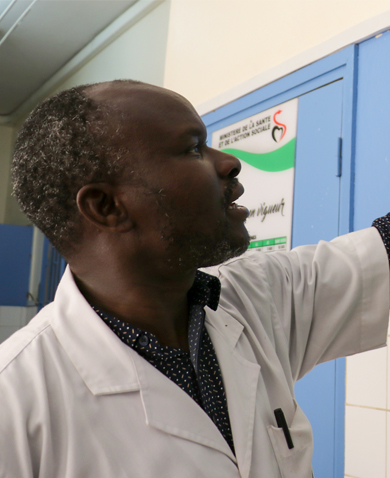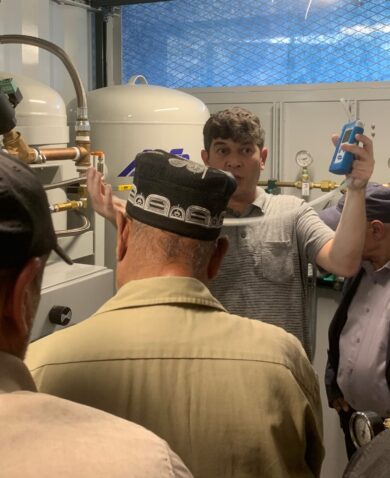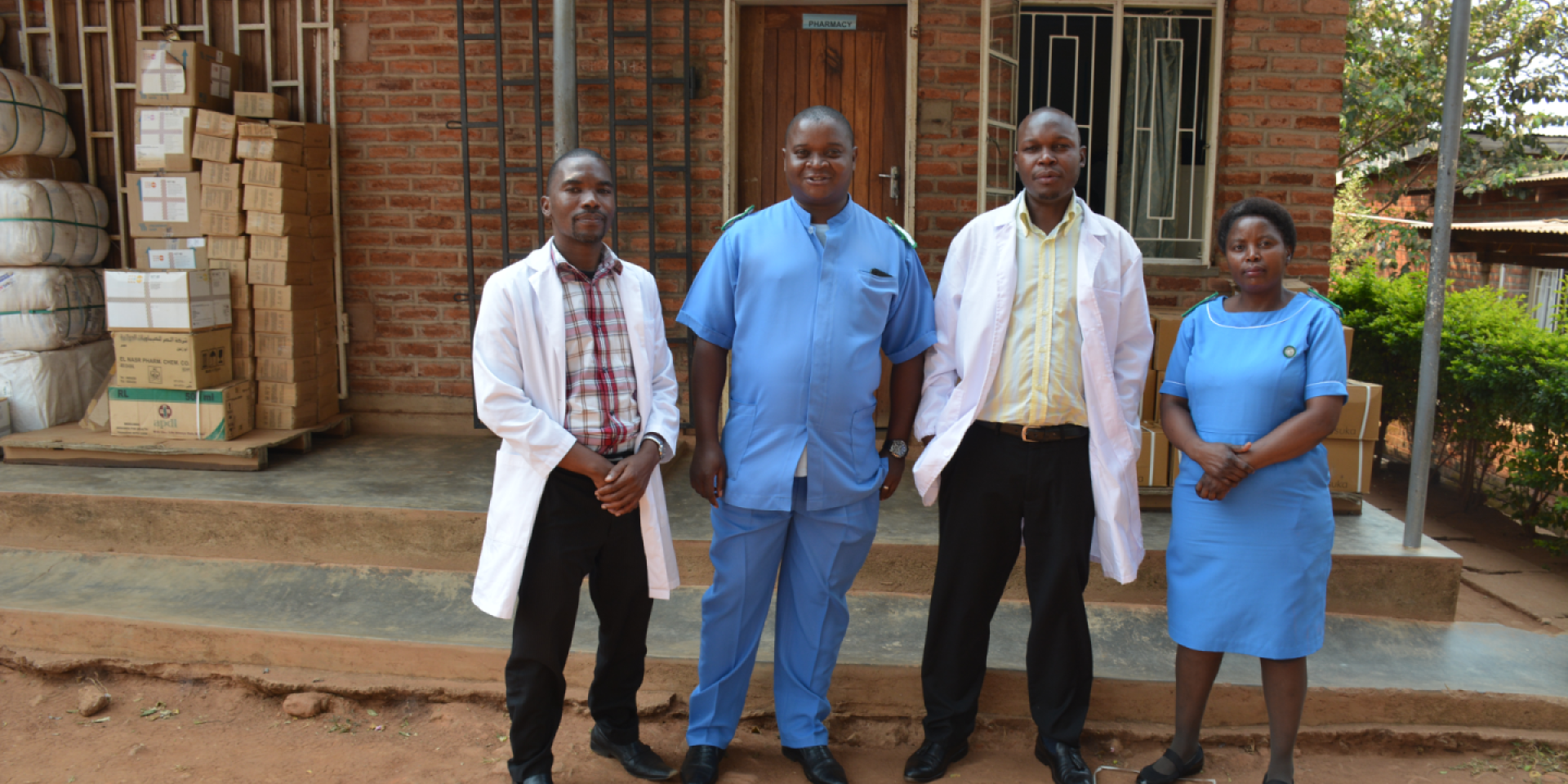
Part 2: How Can We Optimize the Health Workforce During COVID-19 and Beyond?
July 28, 2021 | 5 Minute ReadThe COVID-19 pandemic has accelerated the need for country leaders to optimize their existing health workforce to meet already high and now growing demand. But how can they do this? In a two-part series, we provide short- and long-term recommendations for health worker optimization within broader health system strengthening efforts.
In this two-part series, we call for country leaders to consider whether they are optimizing their health workforce and offer some resources and tools to help ensure uninterrupted care and continued provision of high-quality health services. In Part 1, we provided three recommendations to support health workers in the short term. We now consider sustainable investments to bolster the health workforce of the future and improve health systems in the longer term. We recommend that country leaders 1) train youth for careers in health, 2) invest in information systems and data capabilities, and 3) create a supportive environment for health workers.
Part 2: Three Long-term Recommendations
What can be done today to strengthen the health system and be better prepared for the next health emergency? Investments to support health workers are more important than ever, particularly with the impact of the COVID-19 pandemic. In May 2021, the 74th World Health Assembly recognized the urgency of sustainable, long-term investment in health systems to build a health and care workforce that is responsive to population needs, universal health coverage, and health security; it also called for international, regional, and national partners and stakeholders to engage in and support the catalytic investment, protection, and safeguarding of the health and care workforce. In support of this, and based on our HRH2030 approach to build, manage, and optimize the health workforce, we offer three recommendations in areas that are critical to sustainable investment for long-term impact:
1. Train youth for careers in health
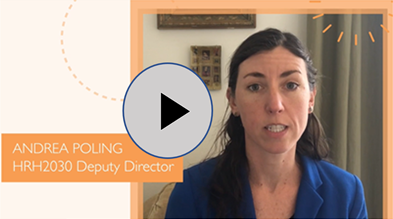
With a global health worker shortage and 71 million unemployed youth needing meaningful employment, the imperative to invest in youth training for careers in health cannot be clearer. Training youth in health will empower a generation of millions to support the health, well-being, and prosperity of their future communities. HRH2030 looked at technical and vocational education and training institutions (TVETs) as a potential avenue to quickly build the health workforce. In Indonesia, where 1.7 million youth enter the workforce each year, youth unemployment remains high, despite a growing health sector that has many jobs to fill. We identified how educators, employers, and youth can work together to increase the number of youths working in economically empowering health careers.
The Youth Employment in Health Framework provides guidance on optimal partnerships that engage and prepare youth to become the future health workforce. Overall, investments in TVETs to train unemployed youth for careers in health, with the goal of providing jobs and income while filling the global shortage in the health workforce, presents a win-win opportunity.
2. Invest in information systems and data capabilities
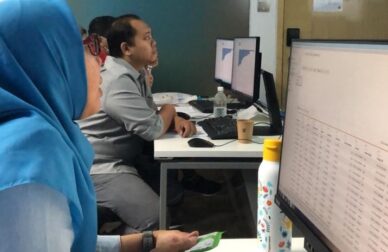
The availability of quality health workforce data gives stakeholders information to make evidence-based decisions and take action to better deploy, manage, and support their health workforce. A secure, functional Human Resource Information System (HRIS) can improve health workforce planning and management by enabling the collection, analysis, and use of human resources for health data for decision-making. Even if countries have an HRIS in place, it may not be properly integrated with other information systems to provide quality data from several sources, or countries may not have the personnel trained to use it to its full advantage. Today, some countries are using innovative approaches to optimize their information systems by enhancing its interoperability (enabling connections and data exchange between systems) and business intelligence (the ability to turn data into action).
Indonesia provides an excellent example of the digital transformation of its national HRIS. The process began with the HRIS assessment framework (HAF), developed by USAID and PEPFAR, which can help any country assess the functionality and capacity of its HRIS. To enhance the HRIS as one piece of the whole system, Indonesia’s Ministry of Health addressed how health system stakeholders, multisector partners, health workers’ associations, and others could come together to ensure complete quality data. This work, which HRH2030 supported while building data use skills for all users of the system, was recognized by USAID with a 2020 Digital Development Award.
In Senegal, strengthening the heath workforce information system, enhancing its users’ data analytics capacity, and building a culture of data use is ensuring that health workers are accessible when and where communities need them. In a rural referral center in Senegal’s Keur Massar health district, this means that a midwife is available to support Cesarean section births, so that expectant mothers can deliver closer to their communities.
3. Create a supportive environment for health workers
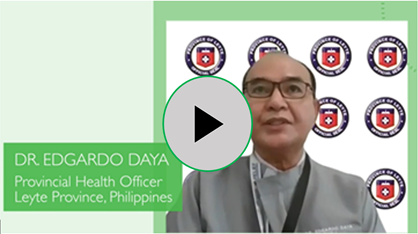
Supportive supervision empowers health workers to problem solve, provides them with guidance and skills to continuously improve their skills, and boosts their motivation to do their best to provide high-quality and safe services. When supervision is enhanced with evidence-based, quality-driven digital tools and processes that integrate health worker performance management with other systemwide approaches — including support to the supervisors — it can have the greatest impact.
Our landscape analysis report documents the most impactful enhanced supervision approaches and their direct effects on maternal, newborn, and child health; HIV; family planning, and reproductive health; and/or other service delivery outputs, or health outcomes. (Find report highlights here.) We provide potential opportunities to advance the agenda for high-quality health services in low- and middle-income countries and consider perspectives on the potential advantages and challenges of remote health workforce performance support. This was based on our operations research in the Philippines, where we developed and piloted a mobile supervision application that will now be locally sustained.
***
While it is imperative that countries act quickly in the short term to optimize the health workforce to meet current health system needs, it is equally as important for three long-term considerations to be made now to strengthen health system resilience, achieve health for all, and meet global health goals: 1) train youth for careers in health to fill the health worker shortage while providing necessary, meaningful employment for youth, 2) invest in information systems and data capabilities for quality health workforce data, critical to decision-making, and 3) create a supportive environment for health workers with a variety of approaches and tools to equip and motivate health workers to provide quality health services. Without considering short- and long-term approaches to optimize and invest in the health workforce — today, more than a year into a global pandemic — we will miss a pivotal moment to transform and prepare our health systems for the future.
Learn more about HRH2030’s impact through its series of legacy events.
Banner image caption: Dr. Wilson Ching’ani (third from left) and his team stand in front of Zomba District Health Office in Malawi. Credit: HRH2030.
Posts on the blog represent the views of the authors and do not necessarily represent the views of Chemonics.









